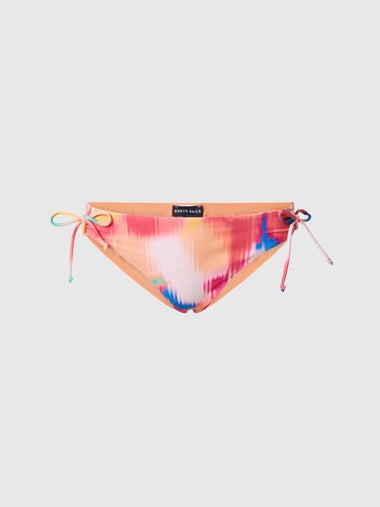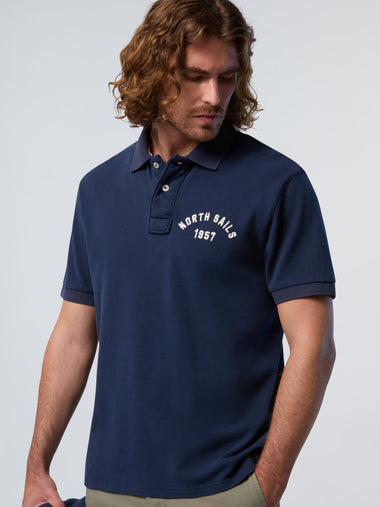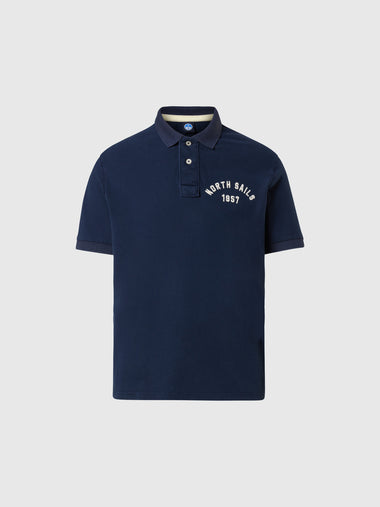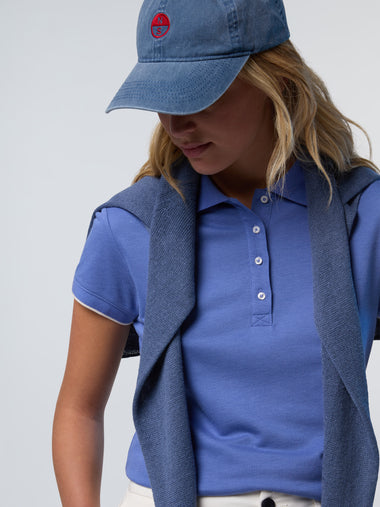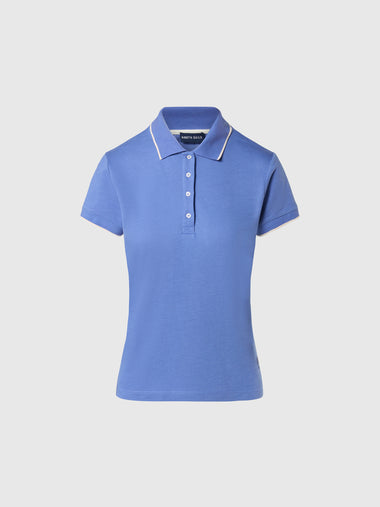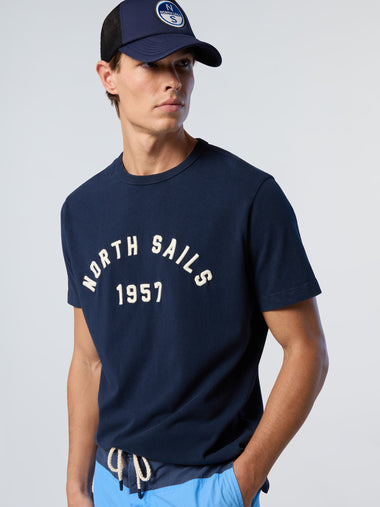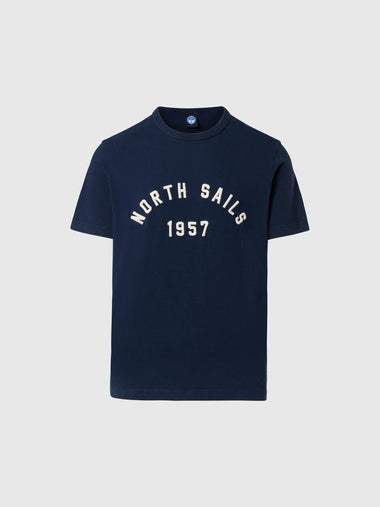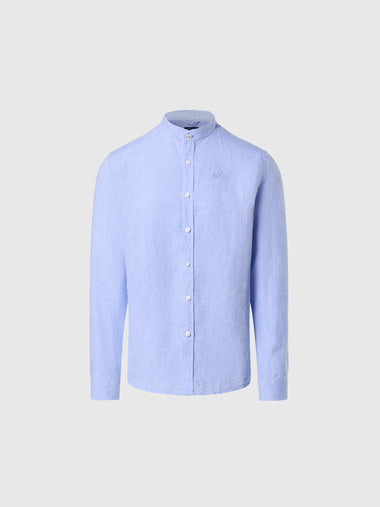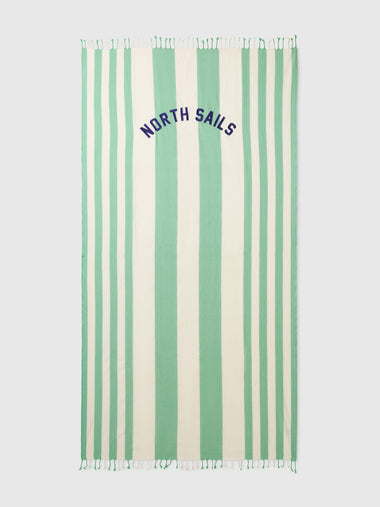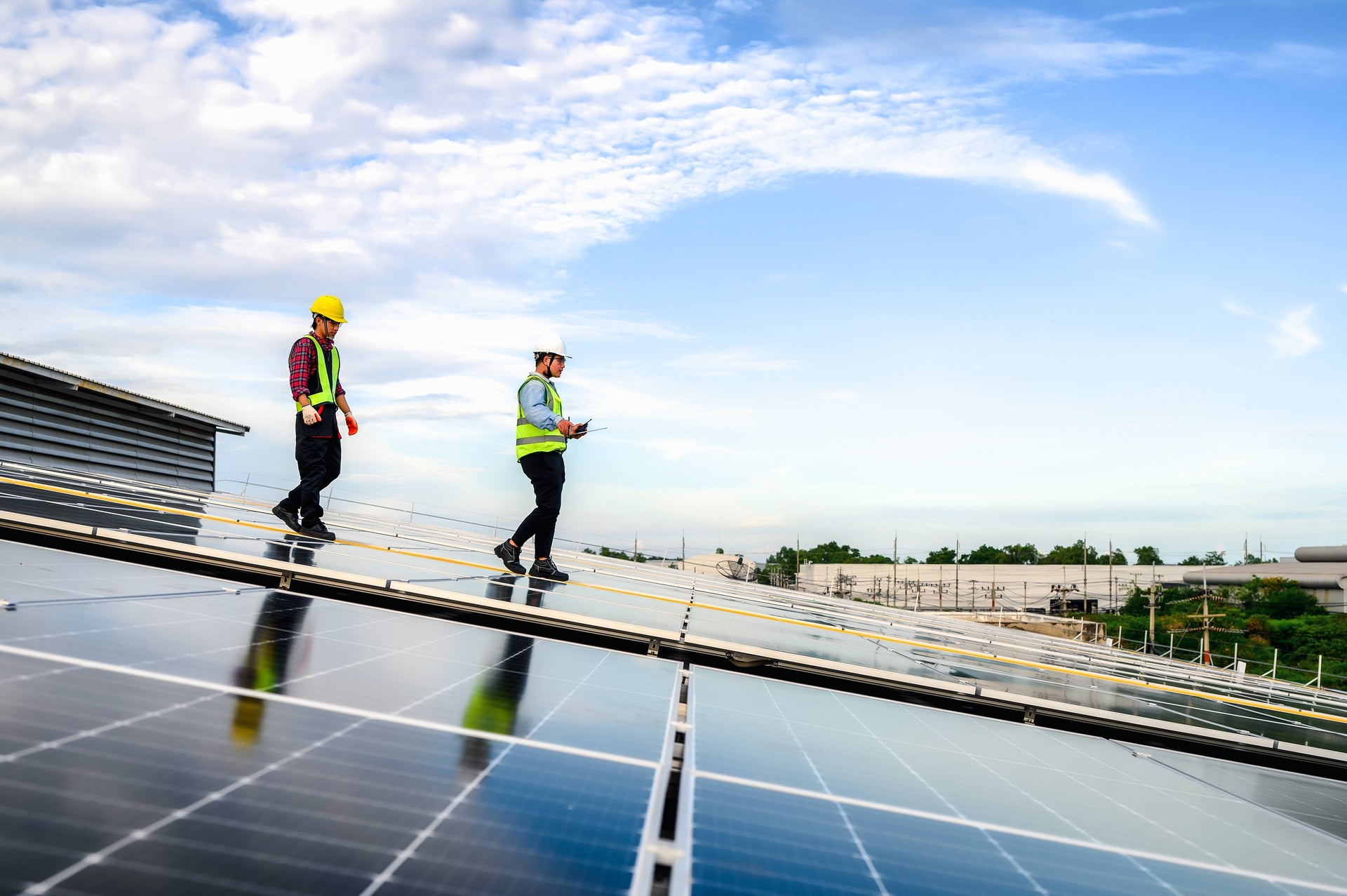HOW SAILORS ARE HELPING TO SAVE THE WHALES
The biggest risk of ocean racing is hitting something in the water. Sailors and marine scientists are working together to minimise collisions at sea, for the safety of crews and marine life.
In May 2023, during Leg 5 of The Ocean Race, one of the racing teams alerted race control and the racing fleet that they had hit something in the water. 11th Hour Racing Team reported that they hit what they suspected to be a marine mammal or megafauna, in the mid-North Atlantic Ocean. At the time, the IMOCA was around 750 nautical miles from Newfoundland, and was doing 29 knots. The sudden impact threw two of the five crew members forward – causing a mild concussion for trimmer Charlie Dalin and a shoulder injury for media crew member Amory Ross.
Collisions with hazards like shipping containers and large marine mammals such as whales is one of the dangers ships and sailing boats face at sea. The faster the boat, the more damage there can be from a strike – to either the mammal or to the boat – which can be deadly for either party. Usually, the damage to the marine mammal is not known.
There are more sailing events taking place each year and boats are getting faster – two new sailing speed records were set during the 2023 The Ocean Race. Plus, features like foils added underneath the hulls increase the dangers to marine mammals, so the sailing community is taking more measures to protect ocean life and make the seas safer for all.
“You are always crossing your fingers that you won’t hit a whale or a container. It’s the biggest risk of ocean racing,” says Jelmer van Beek, skipper of Team JAJO in The Ocean Race’s V065 class.
Van Beek was on board when Team JAJO had an encounter with orcas in the Gibraltar Straits. The team was aware of the risk before starting the leg because of previous reports of orcas nudging, playing or attacking boats (these still occur, and scientists are unsure of the reason).
Van Beek said they slowed down the boat and immediately informed the other competitors to change course and avoid the orcas by using a new live reporting system developed by the Marine Mammal Advisory Group and implemented by The Ocean Race.
CAN NEW TECH HELP TO SOLVE THE PROBLEM?
Having one unique system that sailors can use to alert each other about the locations of marine mammals is one of the key aims of the Marine Mammals Advisory Group, which is working on a common strategy and developing a unique platform for the sailing sector, so that it can protect the wildlife in the oceans and set up wildlife exclusion zones where they are needed.
“With the exception of high-profile collisions, or anecdotal stories in the bar, our sector has not been reporting.”
“We have to separate the boats from the whales and to do this we need the most recent information, verified by marine science, to help us define where we can and where we shouldn’t sail,” says Irish sailor Damian Foxall, who has done ten round-the-world races covering more than 450,000 nautical miles and is the coordinator of the Marine Mammal Advisory Group.

Members of the Marine Mammal Advisory Group and other partners met in Lorient at the IMOCA Waypoint before the start of the Transat CIC. This cohort of sailors, classes, marine scientists and race organizers are working together to protect marine life. 📸 Eloi Stichelbaut / polaRYSE / IMOCA
Sailing events are already putting in place dedicated mitigation strategies such as setting speed limits or deferred or flexible starting areas, as well as external marine mammal observers to halt races until the “track” is clear.
“The risks are too important to continue to play Russian roulette and we are now asking and expecting race organizers to implement actions to keep us all safer,” Foxall says.
Historically, most whale strikes have gone unreported in the sailing community. Although the International Whale Commission collects strike data, Foxall estimates the numbers are larger. “With the exception of high-profile collisions, or anecdotal stories in the bar, our sector has not been reporting,” he says. Still, significant progress has been made since 2016 to improve the understanding of the scale of marine strikes—the number of known strikes has multiplied by ten since, and race organizers now have information on the geographic positions for much of this growing database.
The live reporting system developed by the Marine Mammals Advisory Group is already being used in major round-the-world races, such as The Ocean Race, the Transat Jacques Vabres and the recent Arkea Ultim Challenge. And data collected about sightings or strikes during each leg helps race organizers conduct risk assessments and plan race routes which avoid known migratory or feeding spots.
Sailors like Foxall hope to see the information system becoming global in the next couple of years, so that everything from kayaks to cruising or racing boats can share information about marine sightings.
A BIODIVERSITY PLAN FOR WORLD RACING
But technology can’t solve everything—a risk assessment and biodiversity planning tool is being developed for race organizers, so that there is a mitigation plan for all world sailing events going forward and that wildlife exclusion zones match the area and season – for example, breeding or feeding areas.
Good examples already exist—The Ocean Race worked with Share the Ocean (a specialized service doing numerical risk assessments to define exclusion zones) and the Marine Mammal Advisory Group on the development of an exclusion zone at the Abrolhos Bank off Brazil, with routing around a breeding area for southern right whales and humpbacks.

Reporting systems are helping to fill the data gaps regarding how, when and where strikes are happening. This map shows the total annual known marine strike reports from the sailing sector.
These efforts couldn’t come at a better time—the sailing industry is increasingly concerned with the plight of the North Atlantic right whale and other marine life in the North Atlantic area. “That’s the biggest topic for anyone sailing in the north-west Atlantic,” says Foxall.
WORKING TO SAVE ENDANGERED WHALE SPECIES
The marine conservation division of the International Fund for Animal Welfare (IFAW) works to protect marine species, especially whales. “Whales act as a flagship species – when you protect whales, you protect all marine species behind them,” says senior campaign officer Aurore Morin.
IFAW focuses on endangered populations of whales such as the Northern Atlantic right whale, which has a population of fewer than 360 remaining. It also works in ship strike hotspots with endangered populations, for example blue whales in Sri Lanka, and sperm whales in Greece’s Hellenic Trench.
“Whales act as a flagship species – when you protect whales, you protect all marine species behind them.”
While threats to whales are many, ranging from overfishing to entanglement in fishing gear and climate change, the teams at IFAW are currently working on two specific threats – underwater noise from shipping and the risk of ship strikes. More recently, they have started to talk to the sailing community, to reduce the strike risk during racing. IFAW estimates that hundreds of whales are killed each year in collisions, and for every strike that is detected, around 20 go undetected.
“In the racing sector, over the past 10 years, the size and speed of boats has increased dramatically, so that means that the number of strikes with whales and other floating objects during races has increased,” says Morin. “The most recent vessels used in races now use foils. Those act like razor blades when they go through a whale, so the probability of a strike being deadly is higher than from a normal sailing boat.”
IFAW is asking the offshore racing sector to avoid areas likely to have a high density of whales, or where there is whale feeding, breeding or calving. “We are asking them to avoid areas when deciding on the itinerary of the race, because we know we can’t realistically ask them to lower their speed,” says Morin. “Whale migrations and habitats are not flexible, but race schedules are, the timing and areas can be changed.”
WHAT'S A SAILOR TO DO?
IFAW has developed an app called Whale Alert, in conjunction with Conserve.IO and in partnership with US National Marine Sanctuaries. The app allows sailors and ships to identify the areas of importance to whales, and to record the species, location, and number of whales sighted. Other app users then get a notification when entering the same area. IFAW asks all sailors to use the app and it has developed a fact sheet on whale strikes.

“We ask people to be aware as much as possible of the areas of whales, for example seasonal areas during whale migrations,” says Morin. “Make sure you know about those areas and try to avoid them as much as possible during that time.”
Integrating the hazard reporting system with WhaleAlert as part of a global system is the natural next step, and the Marine Mammal Advisory Group is asking sailors who have had strikes – either recently or in the past – to reach out to info@mmag.world to report confidentially, and to help build up the picture of the locations of marine mammals.
Racing skippers like van Beek are fully on board. “I have seen some whales close to the boat, it’s a breathtaking moment. When you have experienced the power of an animal, you are much more aware of it,” he says. “That is definitely a thing that we should all do as sailors. Awareness is a really good thing.”
HOW CAN YOU TAKE ACTION?
- Sign the petition to increase protection for the North Atlantic right whale.
- Install the latest version of Expedition or Adrena to access Live Hazard Reporting.
- Not using performance navigation software? Download the Whale Alert App Report strikes confidentially with MMAG
About the Author: Yvonne Gordon is an award-winning features writer and an experienced sailor, who has written about ocean racing and the marine environment for publications including The Guardian, Outside, The Sunday Times, The Irish Independent and RedBull.com. She is author of Journey of Change, the story of Team SCA in the Volvo Ocean Race.
📸 Featured Image: With an estimated population of just 340 remaining, North Atlantic Right whales may pass the tipping point for recovery in the next five years. Photo courtesy of IFAW, NOAA permit #21371





